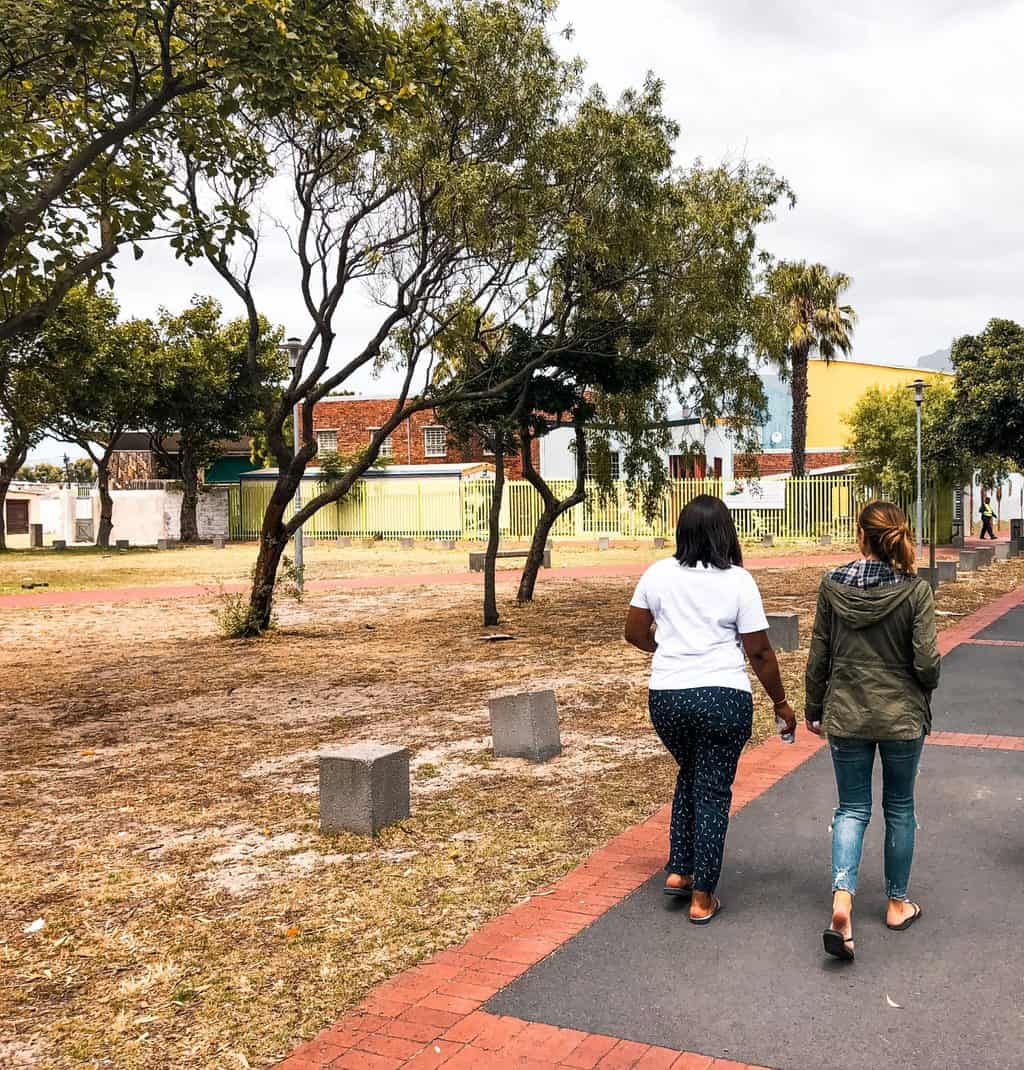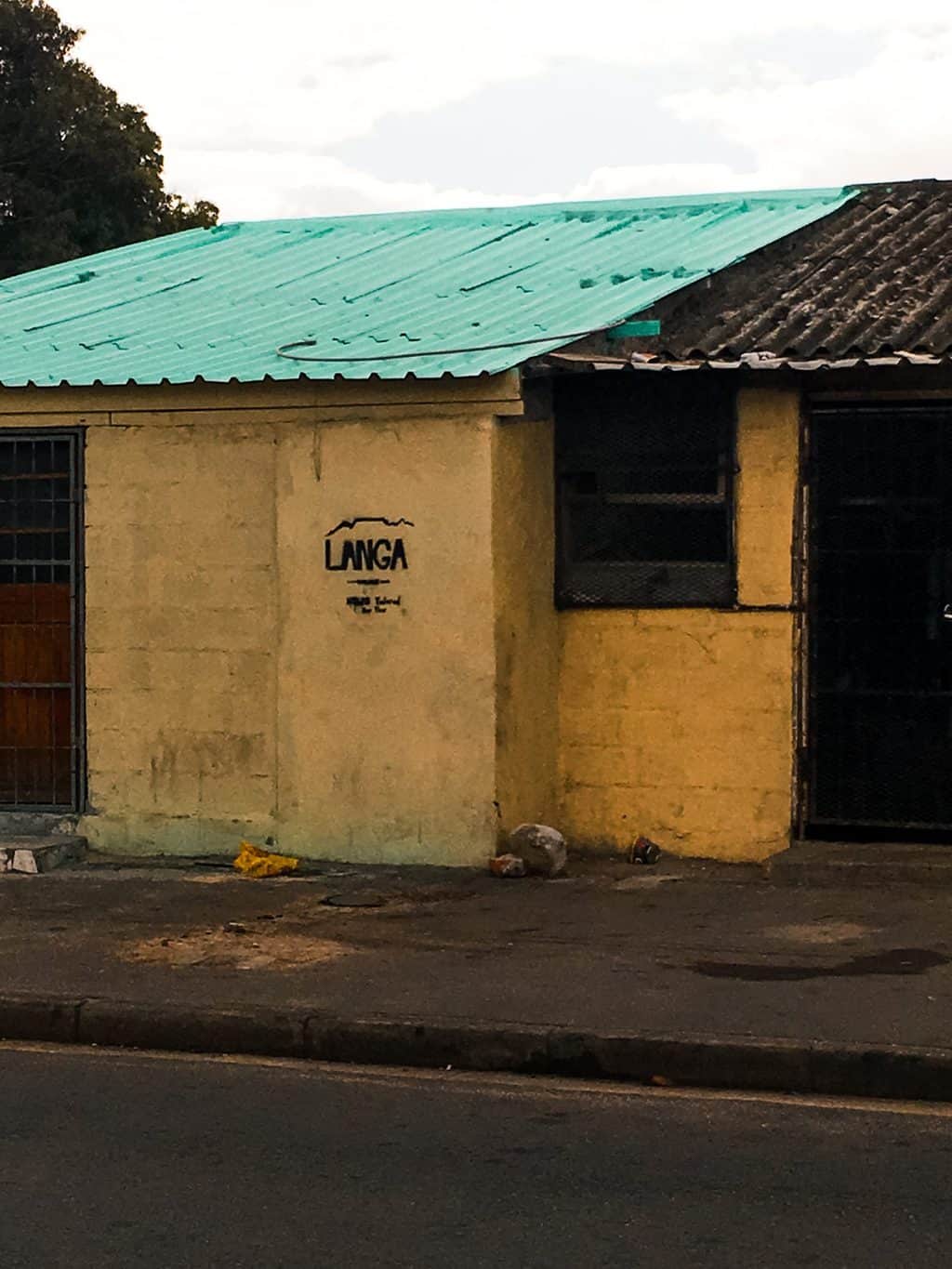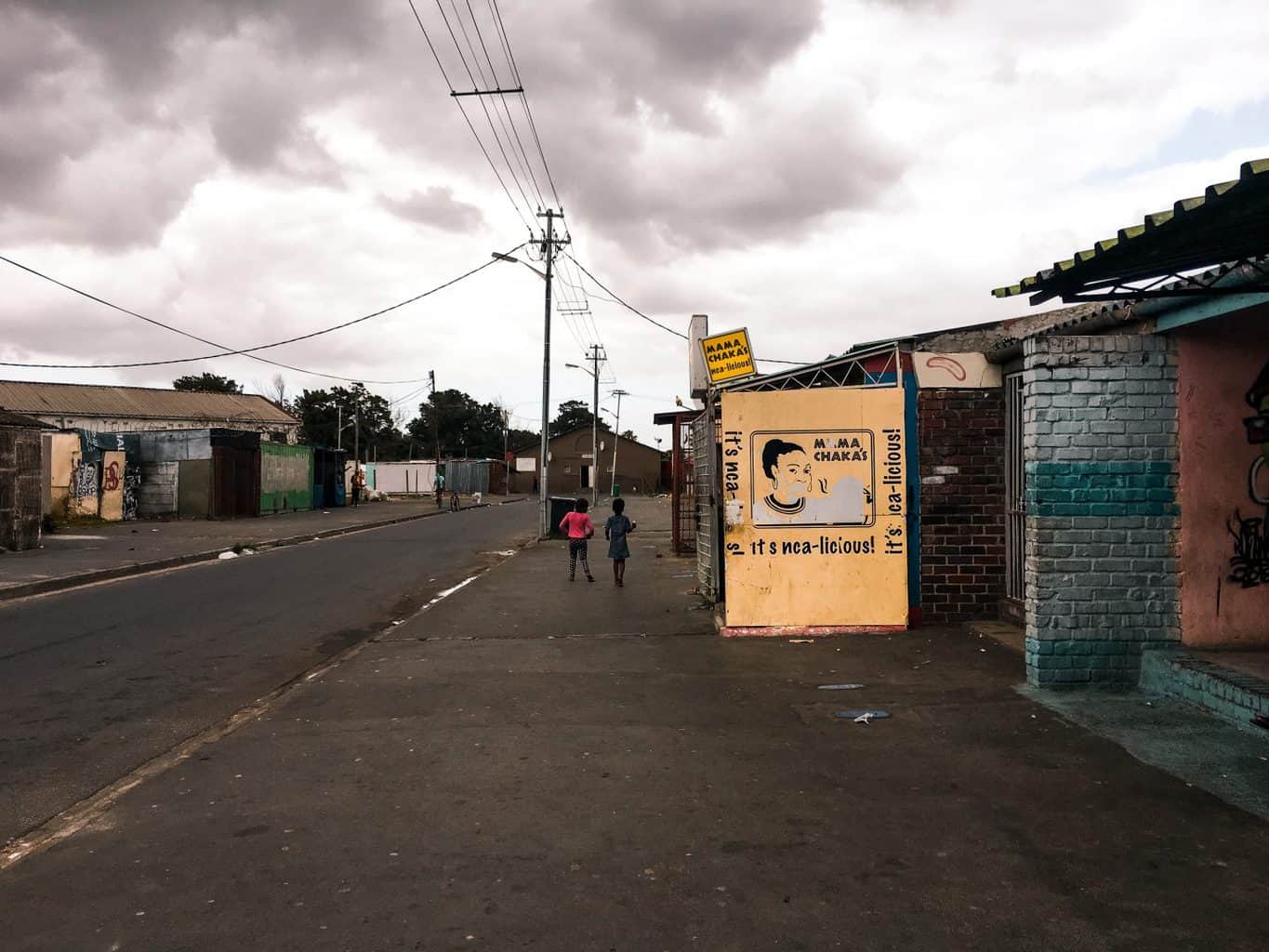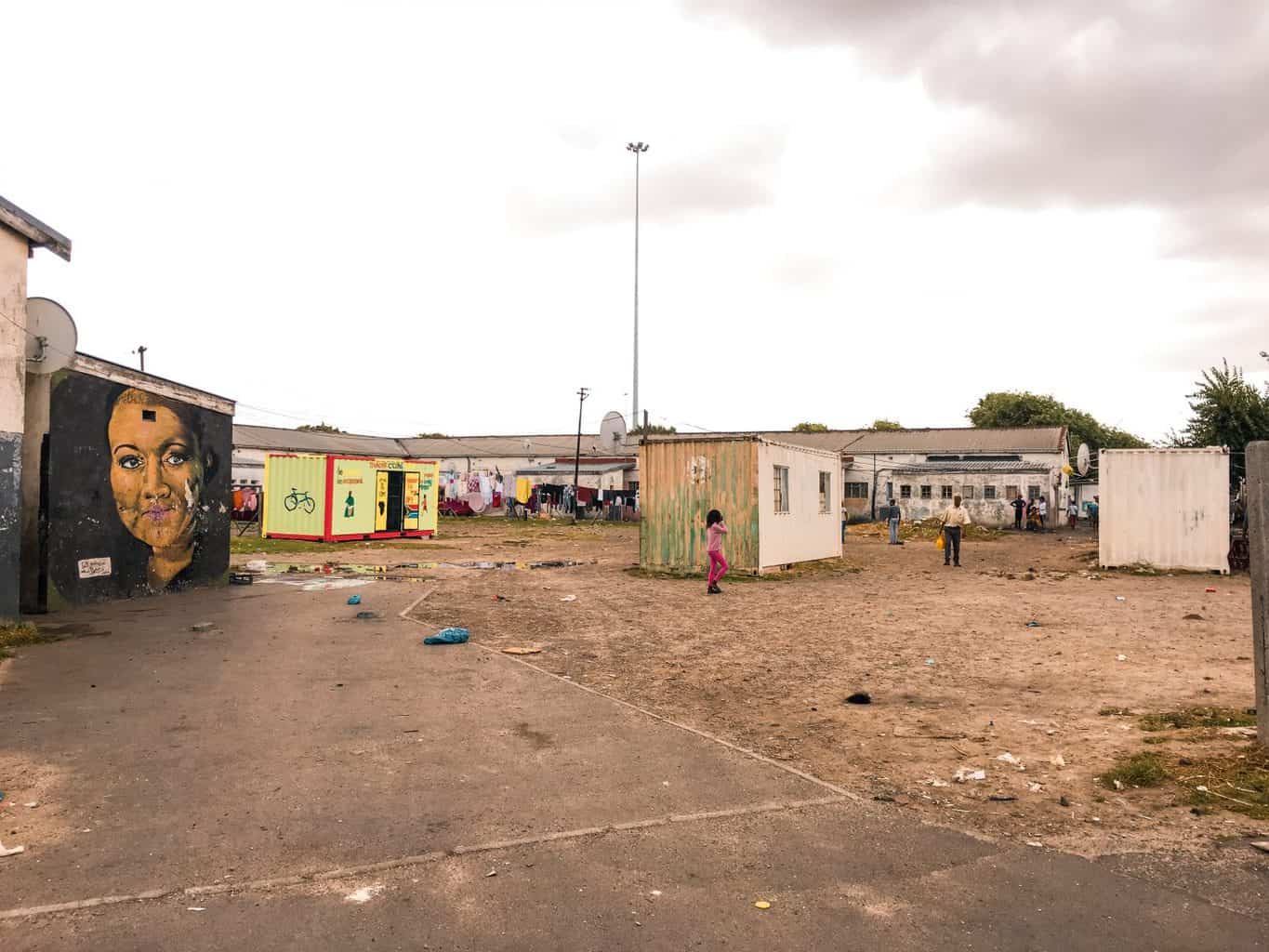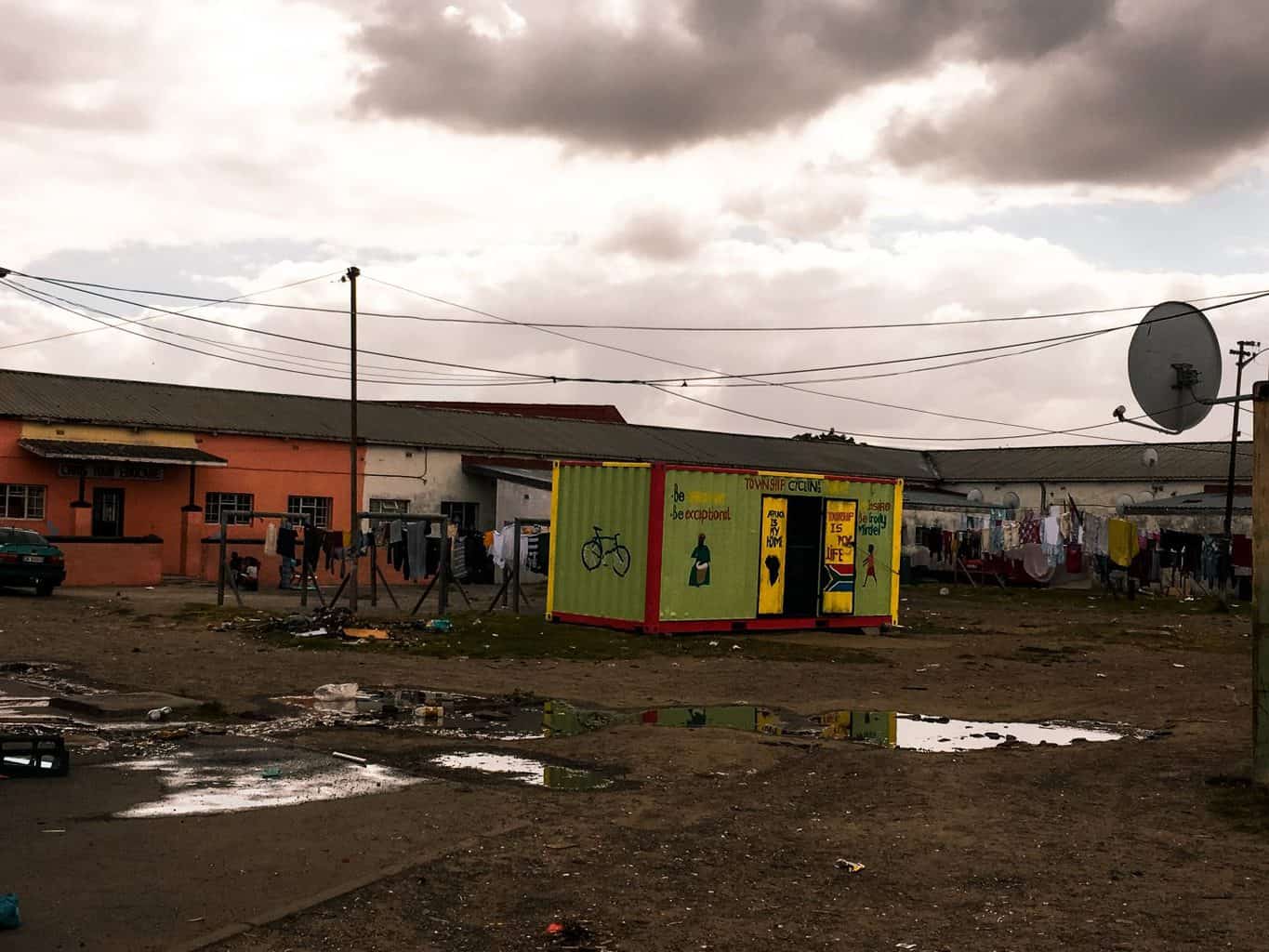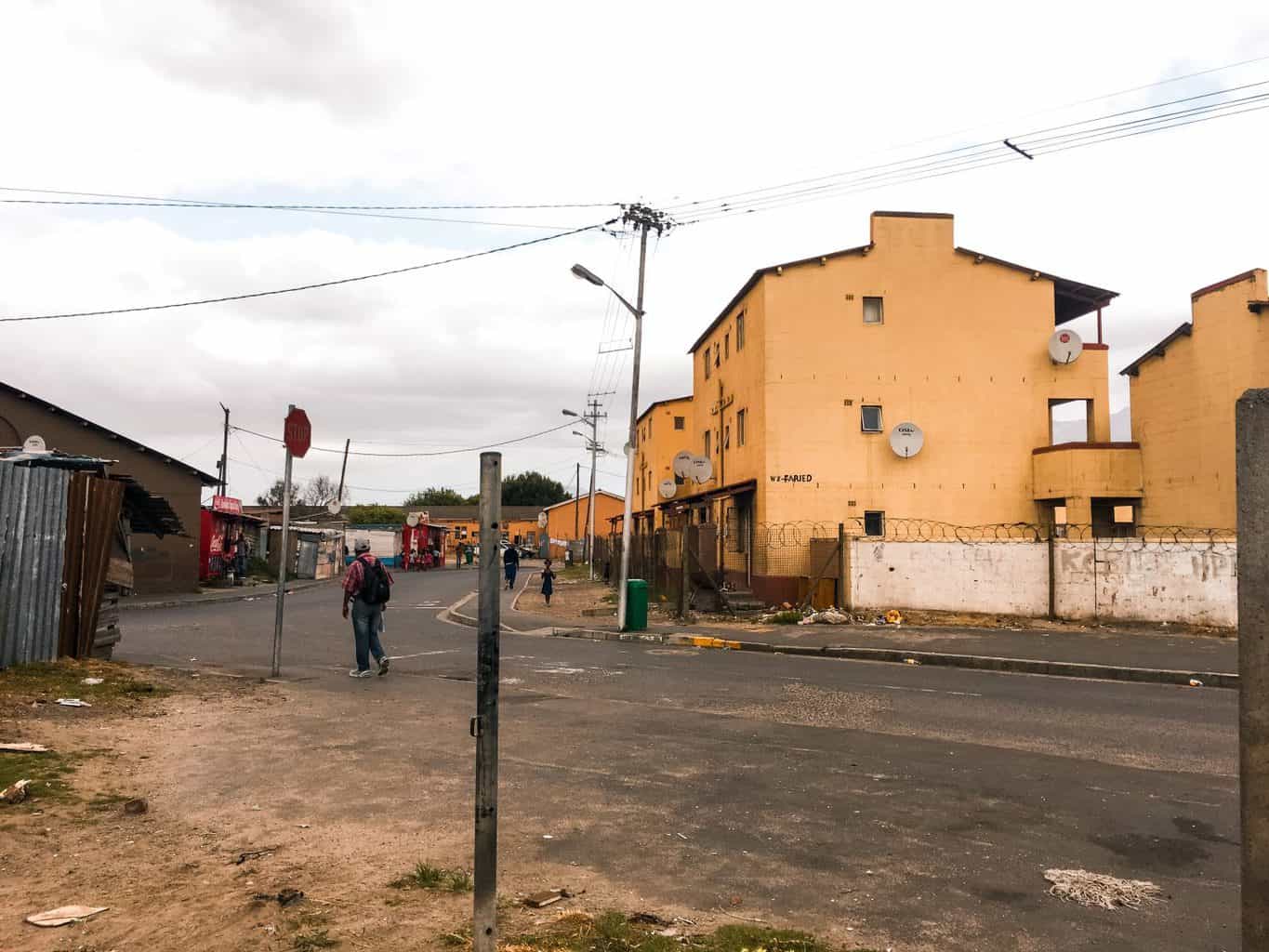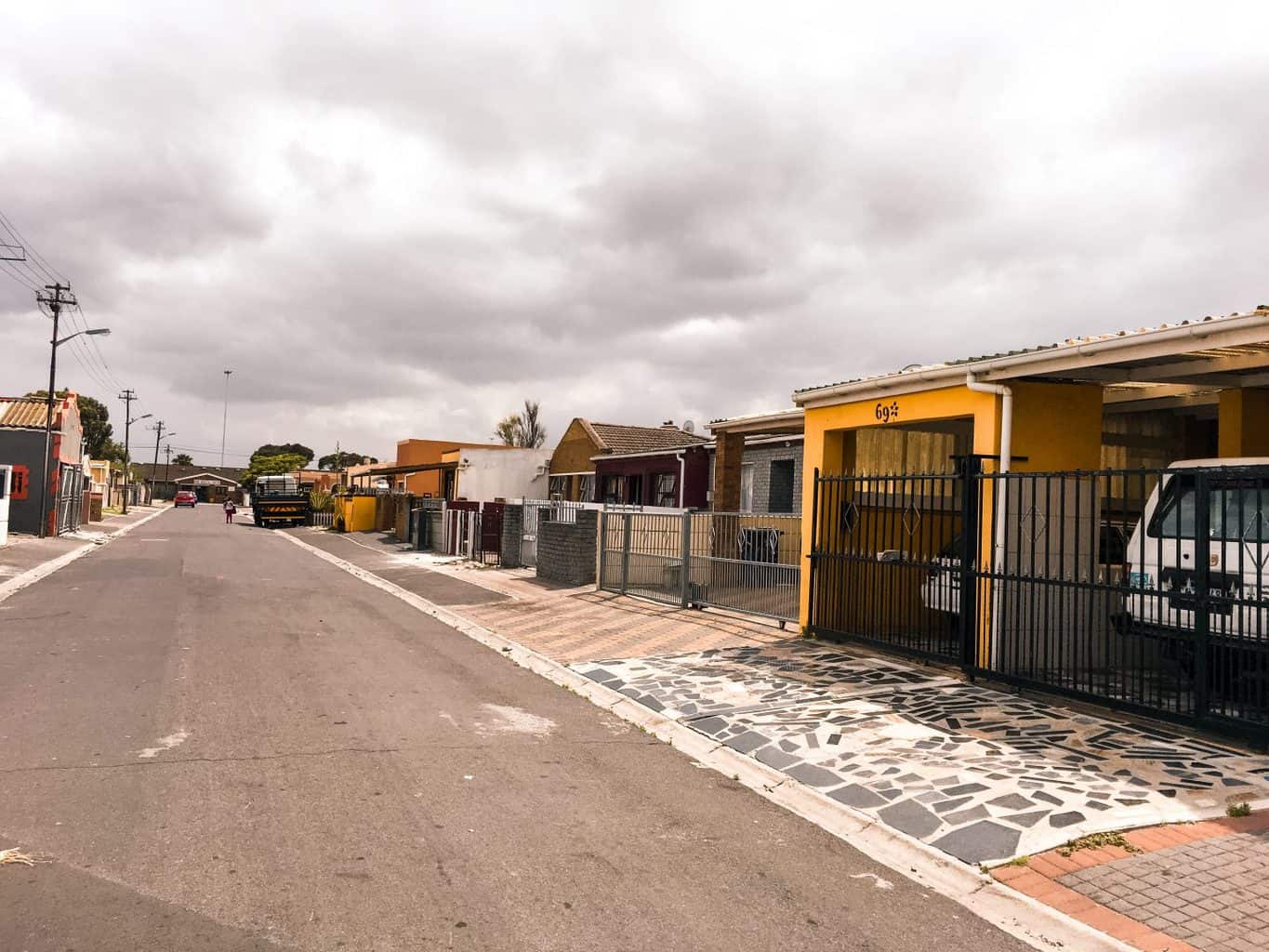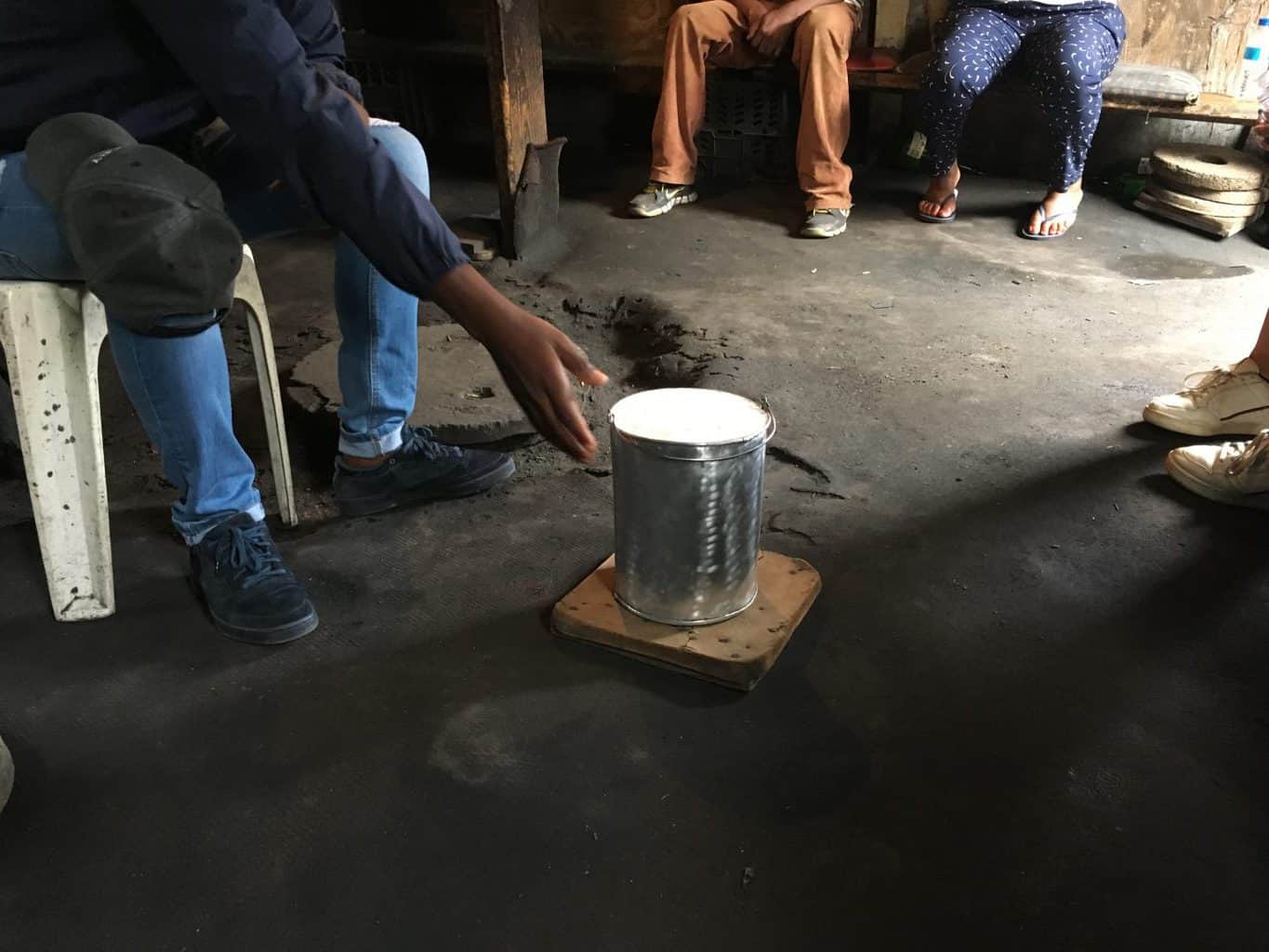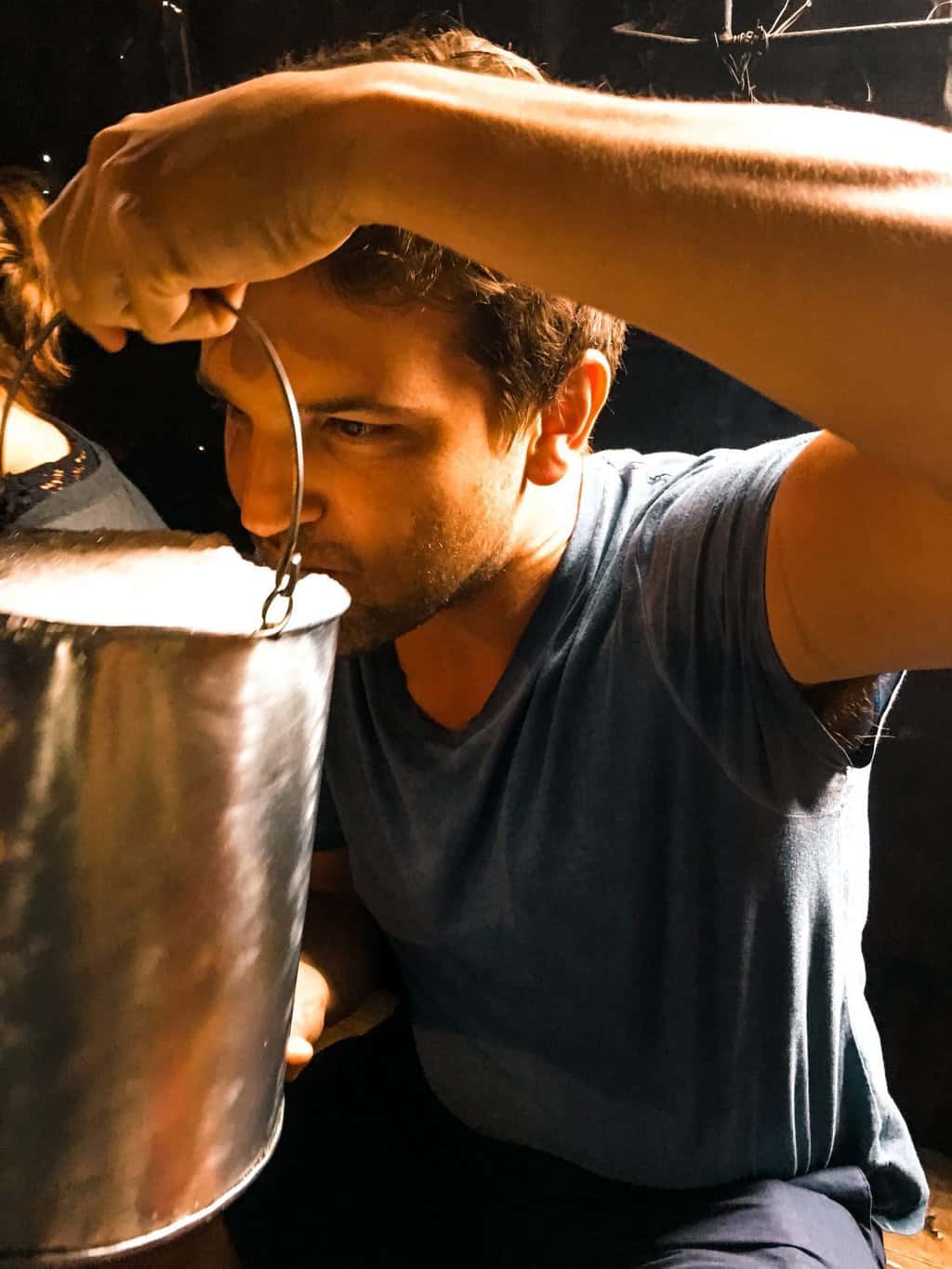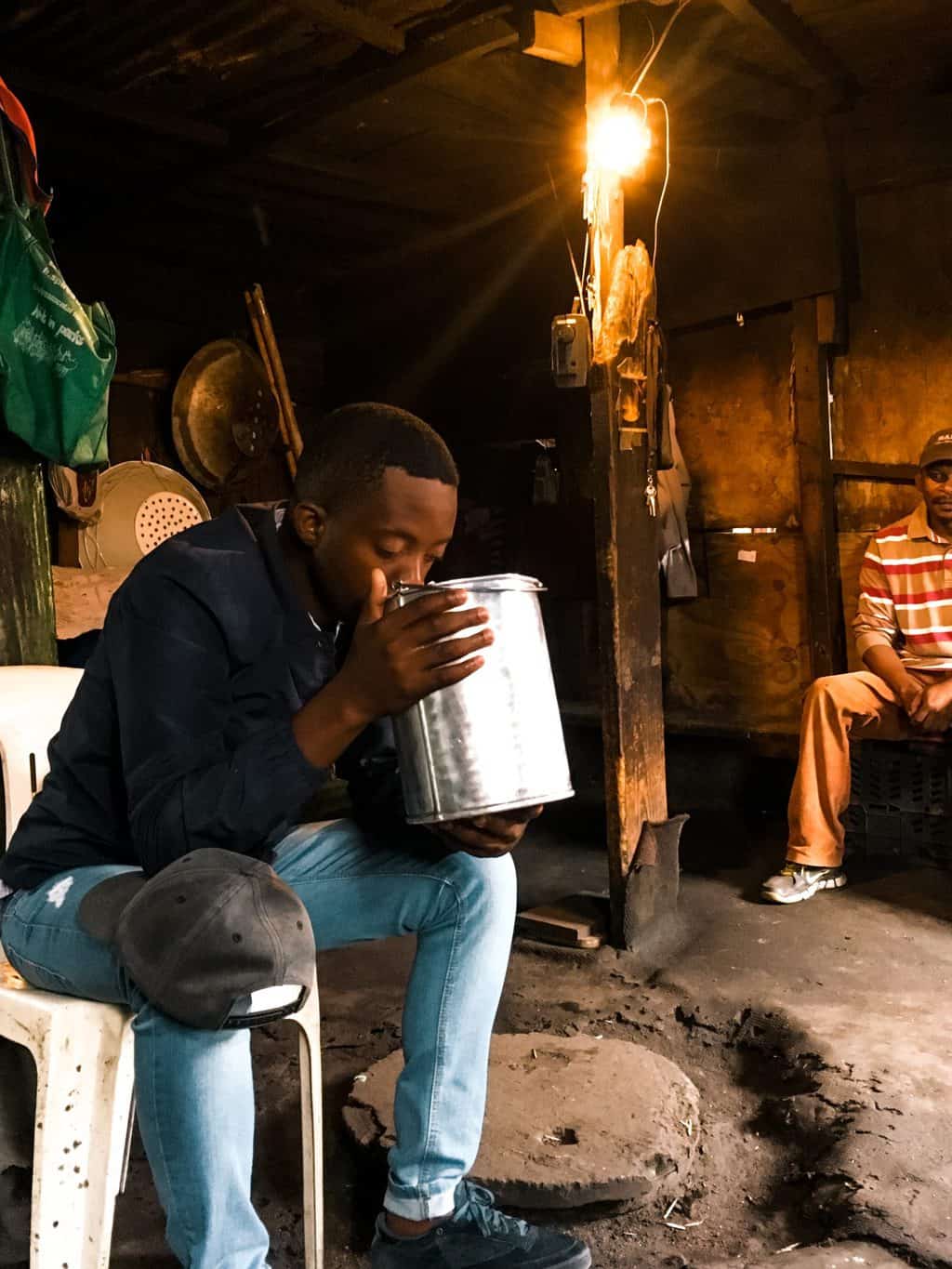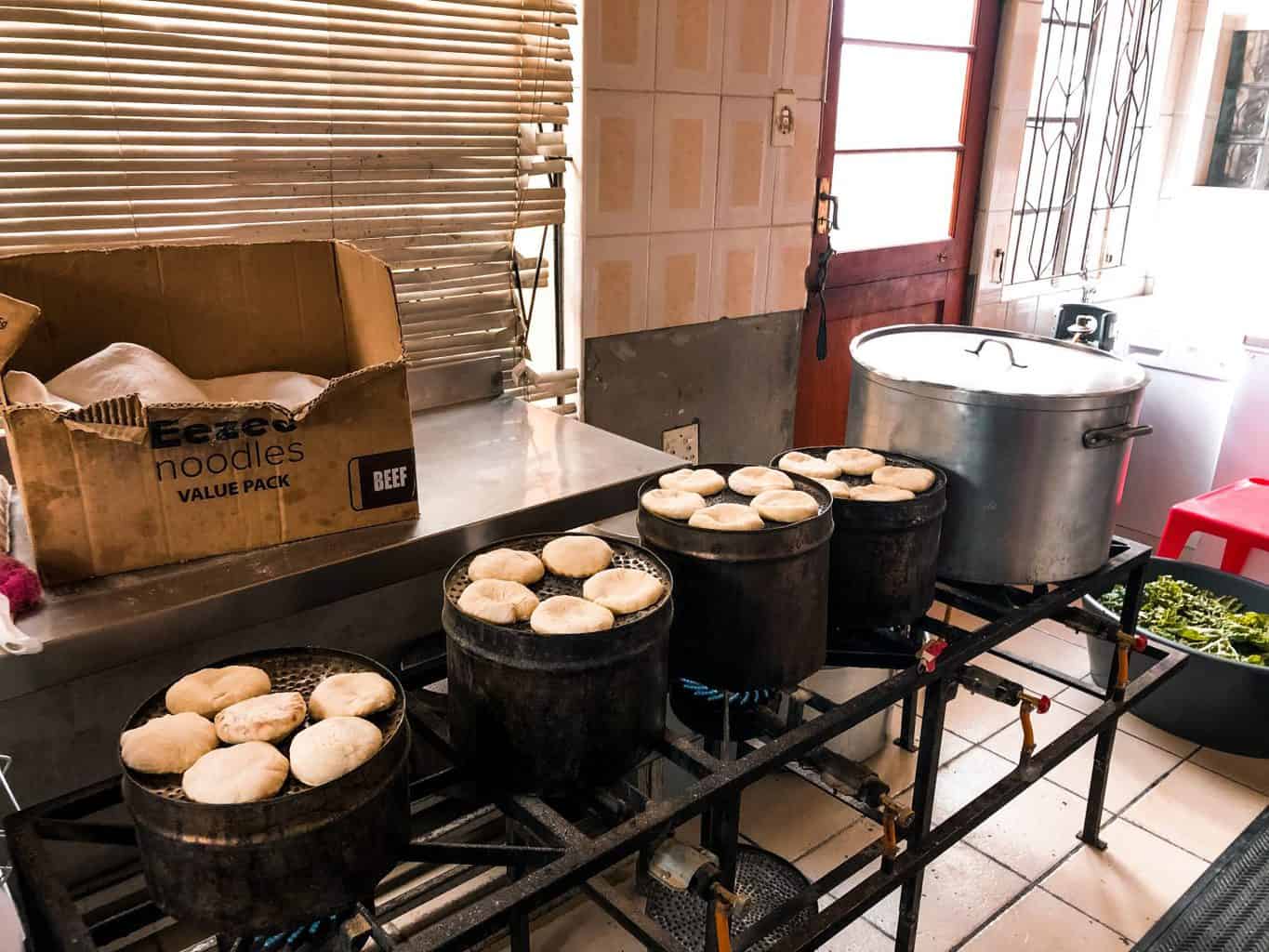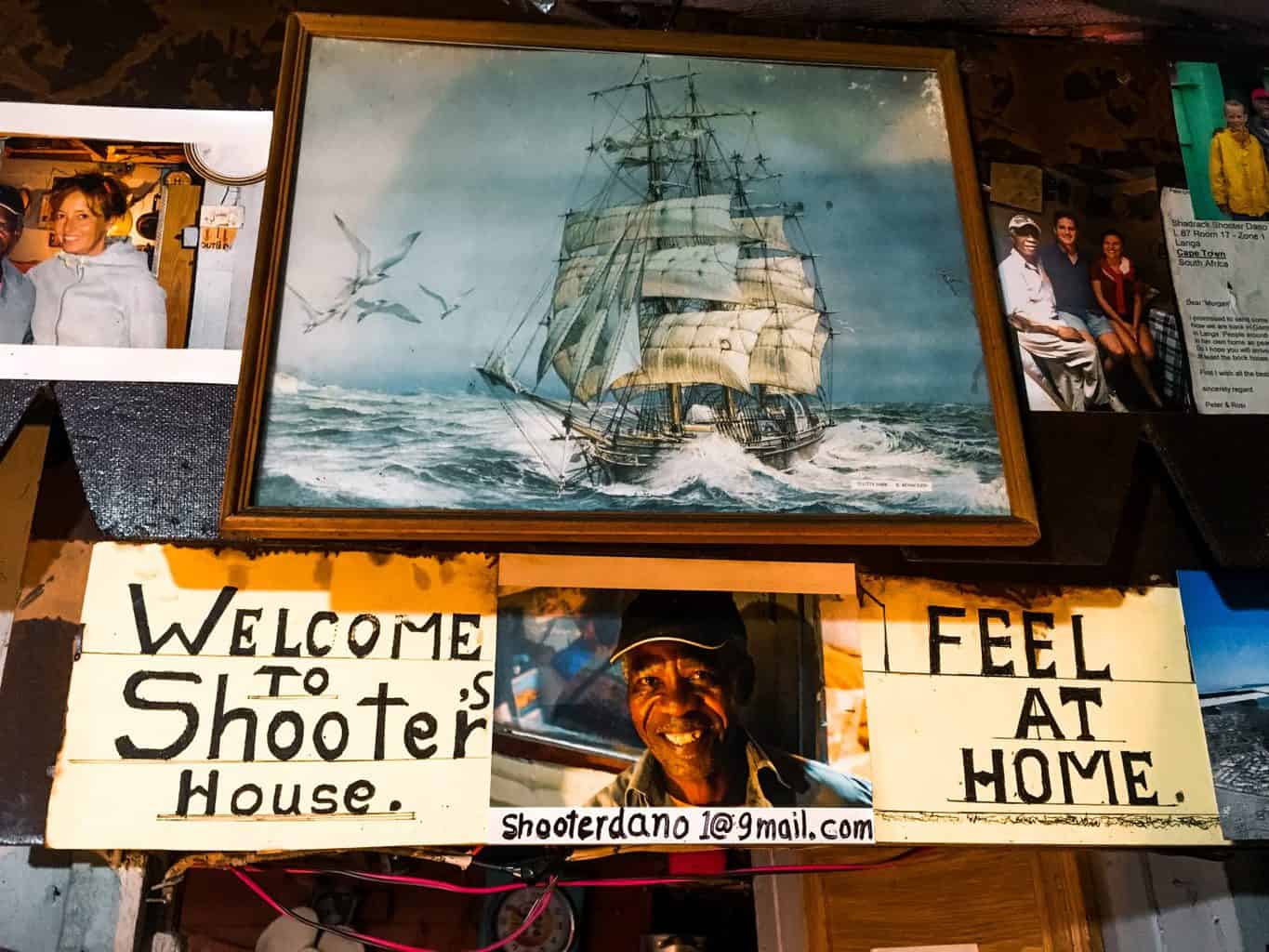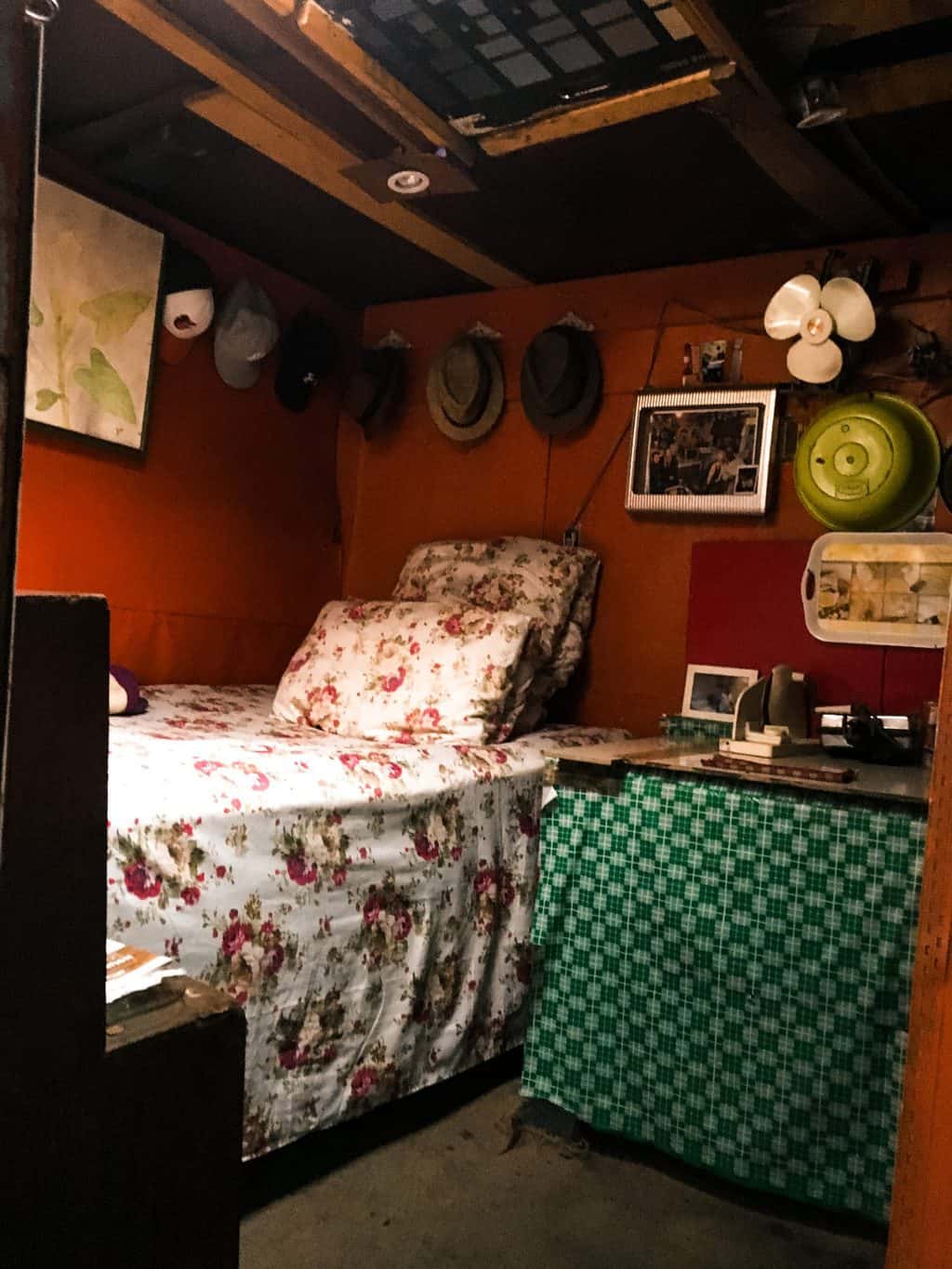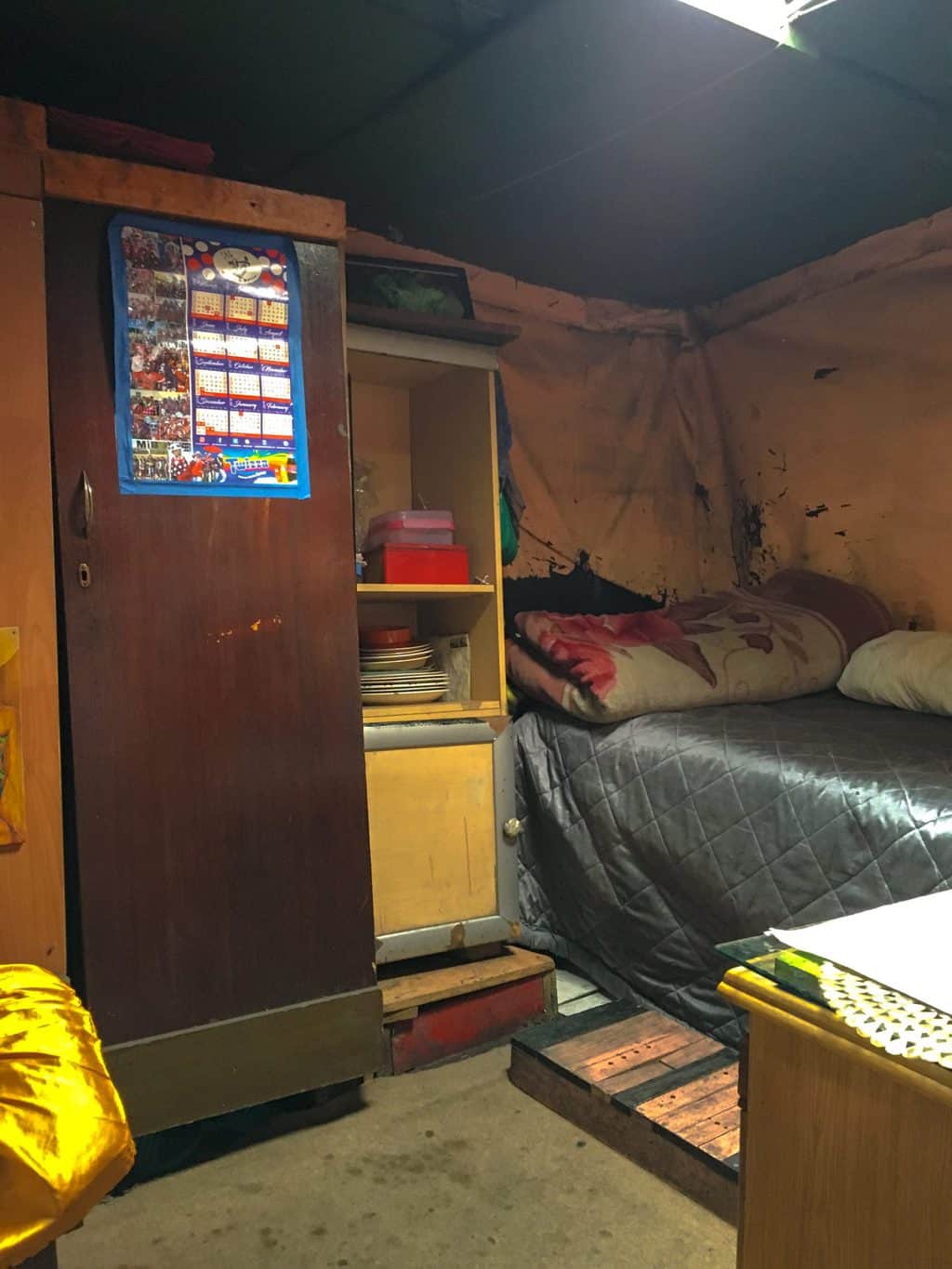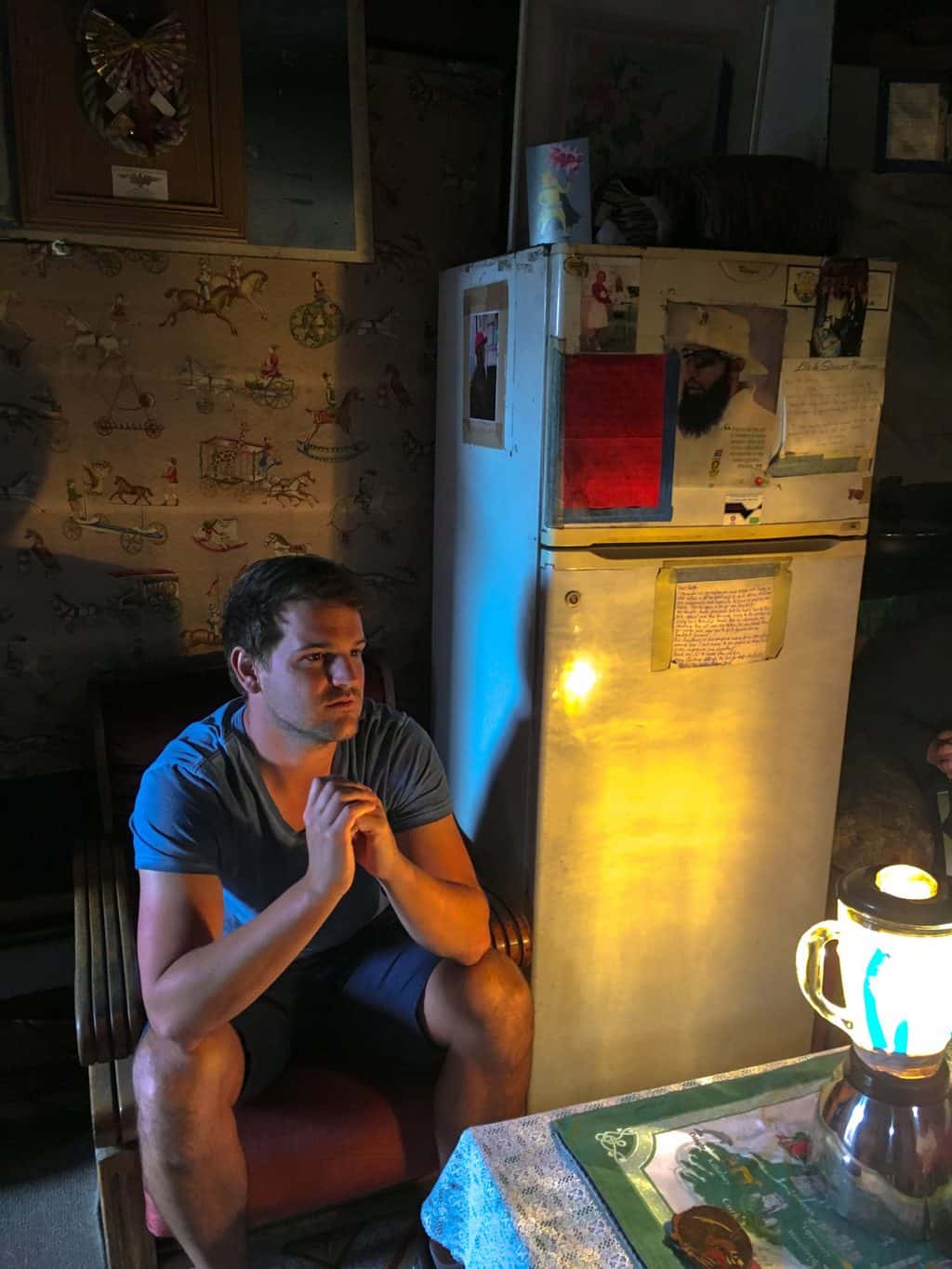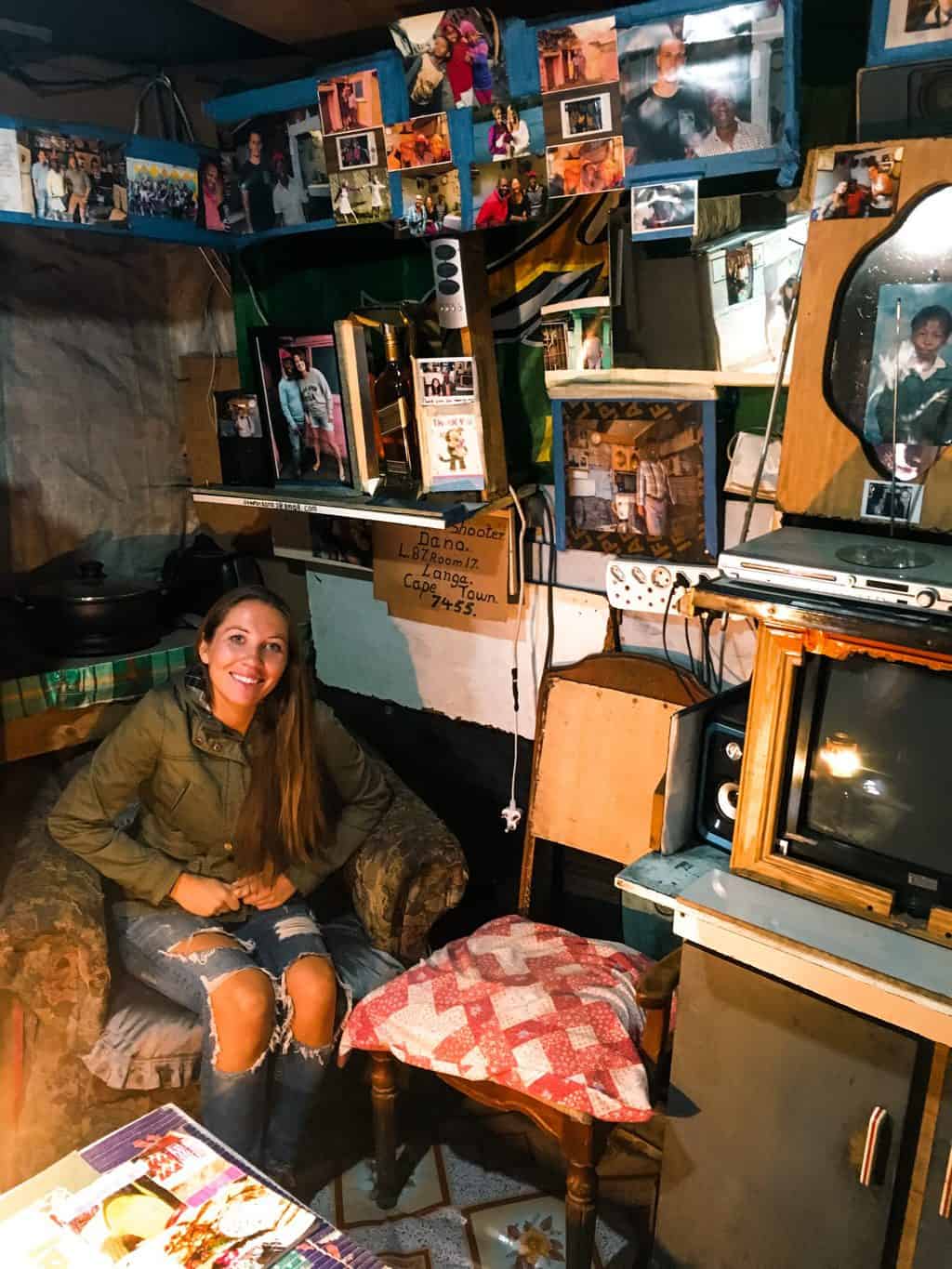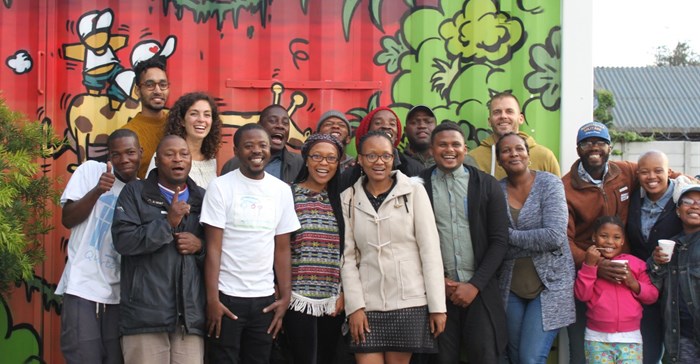Langa rising. An inspiring visit to SA’s oldest township.
This is the original version of a story I wrote on LANGA that ran in the June 2019 issue of Khuluma inflight magazine
Take the N2
The N2 out of Cape Town takes you places. To tourist hotspots like Stellenbosch, Hermanus and Ceres to name a few, synonymous with wine farms, whale watching and cherry picking. That same highway also leads to Langa, South Africa’s oldest township, less heralded but holding its own with historical gravitas, a unique identity and a vibrant culture. Langa is a crucial part of the Mother City’s DNA. Welcome to it.
What is a township?
In the original South African apartheid context, townships refer to underdeveloped and racially segregated areas, reserved for ‘non-whites’. As things stand today, only a small minority of township inhabitants hold down contractual jobs with annual incomes hovering around the R30,000 mark (about US$2100) and the unemployment rate continues to rise. In spite of decades of dispossession, indignity and daily challenges though, there are many parts of it Langa that are in the throes of rejuvenation and as an outsider, witnessing the transformation and the upbeat atmosphere first-hand is an absolute revelation.
iKhaya le Langa, 2 minutes from the Bhunga Avenue turn off
The Langa Quarter
It all begins 100 metres from Exit 12 on the N2, at a bright orange wall (above) that announces you’ve arrived in the Langa Quarter. One of the most exciting projects to take root in the suburb, the Langa Quarter constitutes a small slice of the township – 13 streets to be precise- that has been quietly evolving over the past ten years and has recently been proactively zoned for hospitality and tourism. Anyone visiting the Quarter is immediately struck by the visible difference, the result of a ‘cleaner, greener, safer’ campaign. The Quarter community realised long ago that the only way to promote tourism to the sector and attract and secure ongoing partnerships and investment was if the area looked good and felt secure. In a remarkably short space of time, the zone has become a place of sustainable enterprise and is hailed as yet another valued asset in the Western Cape’s travel and tourism offering.
Tony Elvin
Who is behind the Langa Quarter?
The driving force behind the thriving precinct is Tony Elvin (pictured above), a British businessman of Jamaican descent with a passion for empowering young people and injecting hope into previously disenfranchised communities. An optimist and serial change maker, he began working on the Quarter project in 2010 and launched it in December 2017. His track record is solid, having pursued social enterprise projects (SEP’s) around the world for two decades. The most well-known of these was Jamie Oliver’s Fifteen Foundation through which he established a string of eateries in London, Amsterdam, Melbourne and Cornwall to up skill aspirant chefs and generate employment for graduates. Although this is what initially brought him to South Africa, it’s not what has kept him here. His defining moment presented itself in 2009 while he was mentoring a group of young men at his ‘swanky offices’, as he puts it, in Heritage Square. They introduced him to Langa and the rest, as they say, is history. “I did my research,” he explained, ”got to know the area, understand its history, culture and its people. That took me five years and once I had a handle on it, I moved from my gated estate in Hout Bay into Langa and I haven’t looked back.”
iKhaya le Langa, the heart of the Langa Quarter
Ikhaya Le Langa, the nucleus of the Langa Quarter
iKhaya Le Langa (above), meaning the ‘house of the sun’ in isiXhosa, is the nucleus of the Quarter, located on the corner of Ndabeni and Rubusana streets. It has successfully cemented itself as a multifunctional business incubator, providing the lifeline between the precinct, the travel industry and residents. Housed within the building, a repurposed primary school, are offices, an Airbnb booking desk, the Sun Diner, a gallery and a retail space selling locally produced craft. iKhaya Le Langa operates an Inter-community Tourism Agency branded ‘Visit Langa’ that promotes dignified exchanges between locals and tourists and ‘that does tourism in a township’ as opposed to ‘township tourism’, often viewed by locals as a derogatory term likened to ‘poverty tourism.’ The centre also provides educational and entrepreneurial workshops, hospitality industry training, art classes for children and adults, and the Ambassador Skills Development programme geared towards the unemployed of all ages who are given a chance to learn job readiness and get a leg up on the work ladder.
L-R Asekho Mjojeli, Linam Sibinda & Vusumzi Ndlazi
The Langa Quarter Ambassadors
Local entrepreneur Asekho Mjojeli (above, far left) has been with iKhaya le Langa since 2013 and is the face of Young, Gifted and Black (YG&B) the coffee shop that operates daily from a bright lumo green container, the go-to spot for locals. The talented 26 year old makes a mean cappuccino and is training others to do the same as he spreads the gospel of the good brew.
Artist, tour guide and mentor
Tozamile Mpanu (above, in his art studio at iKhaya Le Langa), 35, joined the iKhaya Le Langa fold in 2017, attracted by the buzz and keen to throw his weight behind the tourism side of things. An African art specialist and the centre’s artist-in-residence, he is one of the iKhaya’s accredited tour guides who regularly conducts walkabouts and more recently, cycle tours through the Quarter and other interesting parts of the township. Clearly passionate about the place, he relishes sharing his knowledge of the many buildings, prominent streets and memorials that preserve the townships incredible backstory.
Harlem Avenue – steeped in history
Harlem Avenue (above) is one of the most interesting thoroughfares in the Quarter and is where the pilot program began in 2009. At one end is a row of small houses- some marked with commemorative plaques- that once belonged to South African icons who made their mark in politics, music, medicine, professional sport and academia. There are 28 heroes honoured here, like the Struggle activist Chris Hani, musician Victor Ntoni, cricketer Thami Tsolekile, and Hamilton Naki, lab assistant to the late Chris Barnard, the cardiac surgeon who performed the world’s first heart transplant. Farther down are the ruins of the Special Quarters, ridiculously undersized rooms once built to house migrant workers, and as you continue along there’s a jazz club and shebeen (informal bar) called Fanie’s Place, and Mzansi, a popular restaurant for tourists. Washington Street, one of the main arteries that runs through Langa, leads past a number of significant places.
Memorials and mouments
Like Guga Sthebe (above), marked by a bright yellow exterior, is another crucial resource centre with a focus on Arts & Culture. On the same route, dotted along the pavements, are colourful mosaic plinths, each with a different theme and a written explanation related to township history.
Reminders of the Struggle
At the Washington Circle, opposite the taxi rank, is the cylindrically shaped memorial (above) that was installed in 2010 in honour of those who lost their lives in the violent anti-Pass Law protests that took place in 1960, the same day as the brutal Sharpeville Massacre in Johannesburg. It’s a sobering reminder of the suffering that the majority of South Africans endured before Nelson Mandela came to power.
Homestays and Airbnb
Surrounding ikhaya le Langa 18 homes that make up the 40 bed Langa Quarter Homestay Hotel (LQHH) cluster, run by female hosts who rent out their houses to tourists and curate immersive experiences that make a refreshing change from cookie-cutter type tours. Personal stories are shared in an intimate setting and unpack the backstories to life during the Apartheid era, township heritage and introduce aspects of family culture and traditional cuisine. All of this fits tightly into the global traveller trend towards ‘going and doing’, whereby tourists increasingly opt for conscious, sustainable travel experiences that provide deeper meaning.
Brian Chesky and the Airbnb endorsement
In 2017, nine Langa Quarter Homestay Hotel entrepreneurs were also introduced to Airbnb, a huge boost on many levels, and a vote of confidence in the Langa Quarter and the quest to make individuals financially independent. Brian Chesky, the co-Founder and CEO of Airbnb, flew in to personally endorse the group and welcome them to the booking platform.
Everyone benefits through local Enterprise
Other residents also reap the rewards of the staycations by partnering with LQHH to supply services such as laundry, food and beauty treatments such as hair braiding and manicures. Elvin himself leads an Airbnb Experience that includes performances by locals that includes a traditional meal at one of the Langa Quarter restaurants, and a service at one of the area’s oldest churches. Although it’s mostly internationals booking tours and spending quality time in the Quarter, Tony is bullish about the long term prospects and believes it’s only a matter of time before Mother City slickers follow suit and spend more time in the area.
Tozamile at the mural he painted on Bitterhout Street that won him the 2019 ULTRA street art and graffiti competition
Events in Langa
Many are already drawn to Langa through different events such as Open Streets, Rocktober at Maragana Park and Black Cellar Club’s BLACC Fest X, the premium wine and spirits festival that took place for the first time in 2018 and pulled a savvy crowd of connoisseurs from Langa and surrounds. ULTRA – Uplifting Langa Through Reachable Art – is an annual street art and graffiti competition that attracts dozens of artists who emblazon seventeen panels along the 134 metre vibracrete wall that runs down Bitterhout Street, one of the roads that border iKhaya Le Langa. This year the winning piece was done by Tozamile (pictured above), a pulsating rendition of life in Langa.
Abdullah Tan holds a plate of amagwinya (vetkoek) at Ayanda Spaza shop
Langa deserves attention and no visit to the Mother City is complete without it. Take the Bhunga Avenue off-ramp and see for yourself. The suburb of the sun is waiting.
For info about walking and cycle tours that start at iKhaya Le Langa, Airbnb bookings and more, visit www.ikhayalelanga.co.za / bookings@visitlanga.co.za.
For assistance in curating your Cape Town trip, contact alessia@luxecapetown.africa











